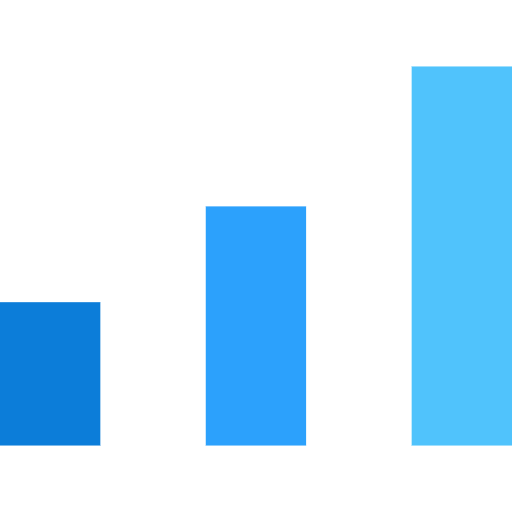CLF buzz is up 753% over the last 24 hours compared to the average over the previous 7 days. The stock is trading at trading around $14.47, the 52 week high is $18.77, and the 52 week low is $2.63.
CLF has been in the news:
Seeking Alpha: “The Remarkable Transformation: Cleveland-Cliffs”
Yahoo: Should You Take Comfort From Insider Transactions At Cleveland-Cliffs Inc. (NYSE:CLF)?
On r/wallstreetbets, u/botboy141 wrote:
“Yeah. LG basically said a minimum of $2b EBIDTA for 2021 on the earnings call. Analsyts were expecting (and I still believe) $CLF can do upwards of $2.9b EBIDTA in 2021.
Should be blowout, I'm all 🚀🚀, just don't want people sobbing when they buy $25 3/19 if we don't get there hehe.”
u/bluewolf1983 wrote:
“Fair clarification. The contracts $CLF have do lag the prices. However, the December 2020 contract renewals were still at higher than normal rates with prices being around $800+ at the time. Plus, as you mention, there are contracts that don't renew then + there are new contracts started all the time. Should it pass by the desired July timeframe, Infrastructure work for Biden's bill would likely need to open contracts at these new price levels.
So indeed the end of this year for all contracts to be at the $1000+ for maximum revenue (assuming prices don't suddenly collapse). In the meantime, they are still expected to reach record revenue as outlined in my post from analyst expectations and it just means 2022 would be even better than those numbers.”
u/jms428 wrote:
“The Hbi plant coming online and then shipping to outside customers will be big. Looking forward to seeing the future of CLF and how the vertically integrated layout pays off.
Some googling brought me to this copy paste from the International Iron metallics association
The Use of Hot Briquetted Iron (HBI) in the Blast Furnace (BF) for Hot Metal Production HBI can be used as blast furnace burden material with the following environmental, productivity and cost benefits: • lower carbon dioxide emissions • increased blast furnace productivity (increase of about 8% for each 10% increase in burden metallisation) • reduced coke rate (decrease of about 7% for each 10% increase in burden metallisa- tion) Reasons for HBI Charging into the Blast Furnace Various circumstances under which including HBI in the BF burden could have a positive economic effect: • Output limit of a BF based on pellets and sinter has been reached and the downstream steel mill has excess capability. Increase of hot metal production can be achieved without addi- tional investment. • Coke production capacity is limited and capital expenditure on coke ovens is not viable. Therefore, the plant needs to reduce specific coke consumption. • Purchased coke is used, but the price is sufficiently high to enable a reduced coke consump- tion to offset higher cost when adding HBI to the BF burden. • Out of several BF’s, one BF must be relined, so increased hot metal production is required from the remaining BF’s to minimize downstream production losses. • There is an imbalance between the required tonnage of hot metal and BF capacity: the plant operates three BF’s when the hot metal output of somewhere between two and three BF’s would be sufficient. Therefore, it can be economical to operate two BF’s at slightly higher hot metal cost in order to optimize production of downstream facilities. Under these circumstances, some increase in hot metal feedstock cost due to addition of HBI to the BF burden can be justified on the basis of increased steel production, higher BF productivity, reduced coke consumption, etc. HBI specifications for BF use can be less stringent than for EAF steelmaking since higher levels of silica, iron oxides and sulphur and lower metallization can be tolerated in the BF.”
Wanna hear about wallstreetbets stonk trades before CNN whines about them?
